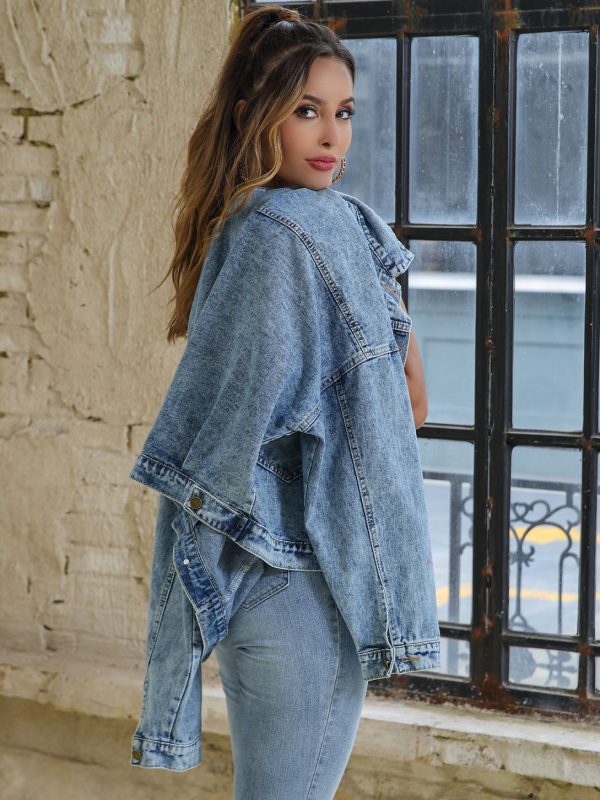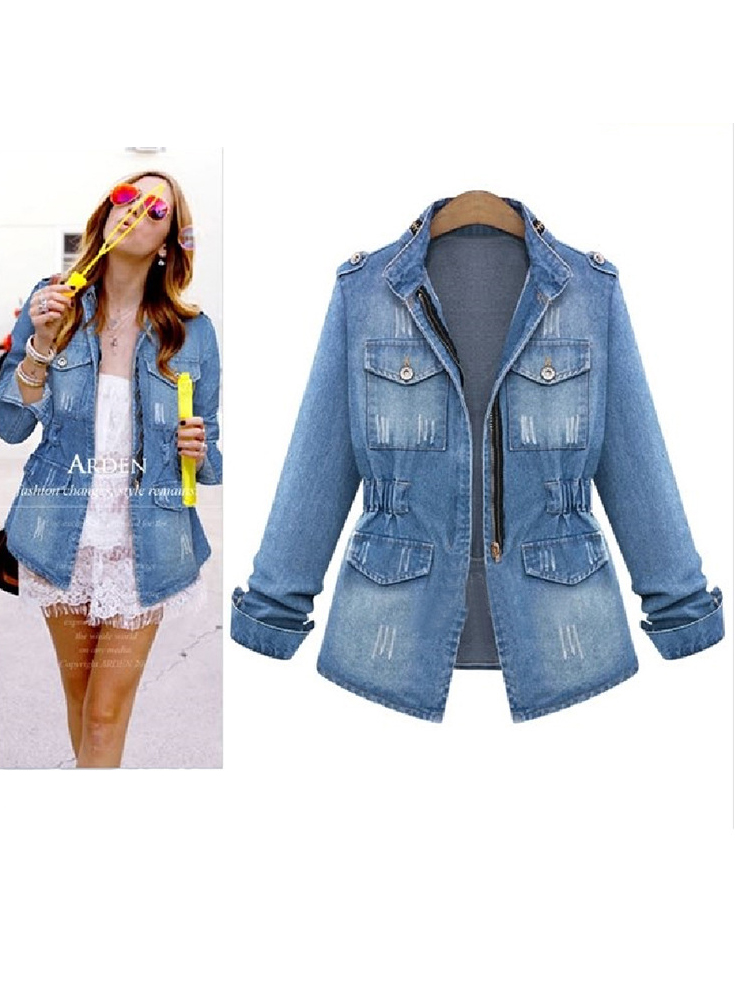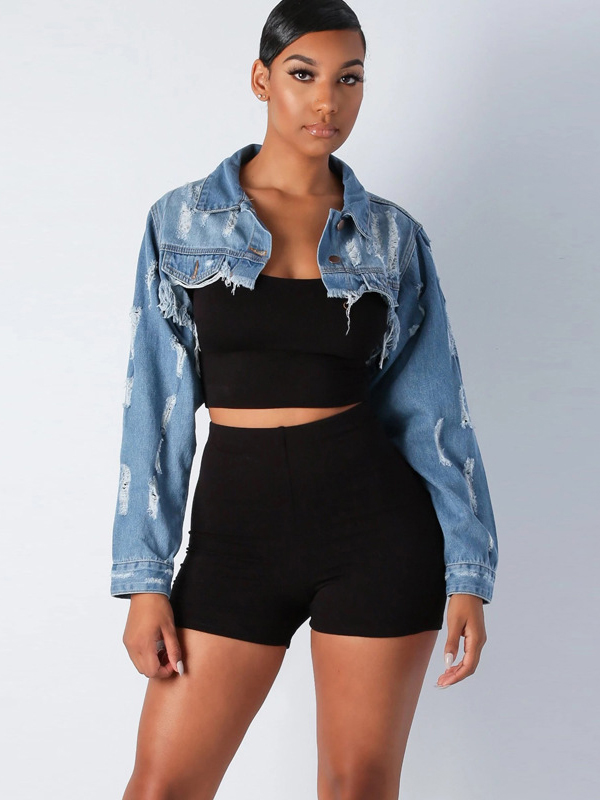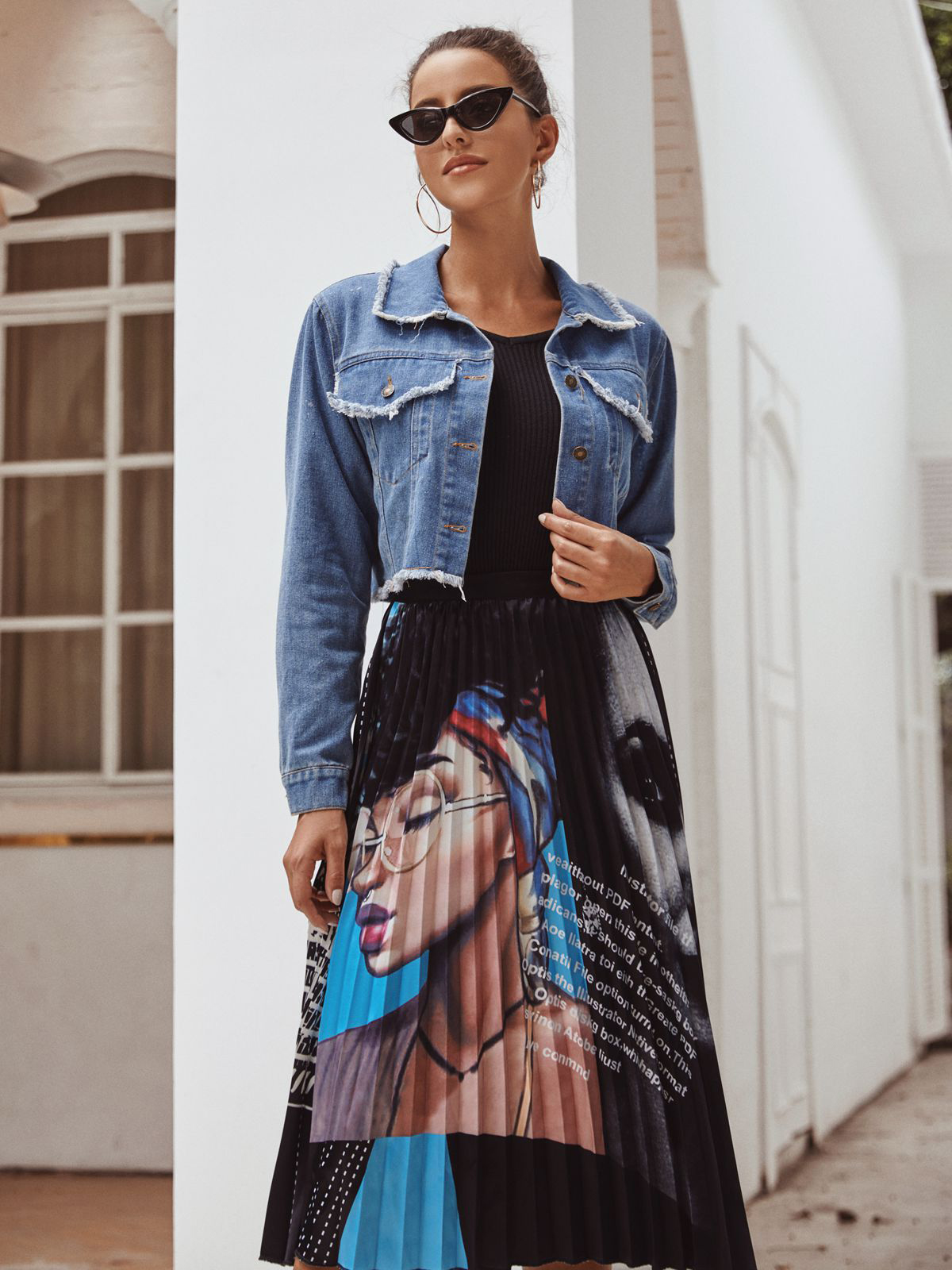The first of the GRC Mystery Guest Bloggers is Amy Reads, a feminist academic with a penchant for popular culture. This includes books, television, movies, and, of course, comic books. You can read more of her thoughts thereon at her exceptional blog, Arrogant Self-Reliance.
Are you familiar, Gentle Reader, with the Award-Winning Science Fiction Writer, Connie Willis? She is, without question, one of This Humble Author’s Favorite Writers, sharing a list with such heavy hitters as Elizabeth Bishop, Charlotte Bronte, Neil Gaiman, Elizabeth Gaskell, and William Thackeray. In an authorial preface to her short story ‘Even the Queen,’ Ms. Willis responds to criticism that claims her stories do not focus enough on feminist issues by presenting said story, which she claims deals with The Women’s Issue. No, Friends, not the right to choose, but rather, Ms. Willis’s story details a futuristic society in which women worldwide are united by one common goal: the right Not To Cycle.
The Woman’s Issue, Ms. Willis says. An essentialist issue, one that manages, in the pages of Ms. Willis’s text, to unite almost all women, worldwide. Ultimate control over one’s body. Because the truth of the matter is, Friends, that bodies are intrinsically messy, by their very nature. Because bodies function without any real help from Us. Because bodies function, every day, ad nauseam, and when they stop, we do, as well.
I begin not with a comic book example but a science fiction one because when Ms. Healey asked me to Guest on This Delightful Blog, Ms. Willis’s quote was the first that came to mind. Because despite the fact that I speak, Long and Hard, about Women in Comics, sometimes—just sometimes, Gentle Reader!—I forget that there are real bodies on these fictional pages.
That is to say, I understand, perfectly, that the characters I adore are not real. Dinah Lance, Diana of Themyscira, Kitty Pryde, even Selina Kyle are not My Friends, and we do not, I’m sorry to say, call each other up on the Telephone and chat about, well, our BFFness and Other Such Oddities. But I know these women, because I have read them, for years. I know these women, because Great Writers and Artists have breathed life into them, given them wonderful stories and histories. I know these women, because I have laughed and cried with them. I have been outraged on their behalf. I have commiserated in their moments of misery.
I know these women, because I am A Reader Of Comic Books.
And because I Read Comics, I also know that with Super Heroes come Super Bodies, and to be honest, Gentle Reader, we don’t often see the messy sloppiness on our brightly colored pages.
By recognizing the Body Within, that Very Real Body that is ruled by messiness, by sloppiness, by fragility and strength and everyday-ness, by understanding that if struck, they will bleed, we begin to understand that Saving the Day is somewhat different for Our Super Heroes of the Double-X Chromosome Persuasion. By seeing Selina Kyle struggle back into her catsuit postpartum, we remember that a woman’s body changes, forever, after childbirth. We remember, Gentle Reader, a woman’s capacity for pregnancy. With that remembrance, we begin to understand The Body Beneath.
The Body Beneath fascinates me, but not in A Naughty Way, and not for the reasons You Might Think. Rather, the idea that a Super Hero must save the day, and save it while experiencing acid indigestion, or a headache, or a pulled muscle, or, yes, other aches and pains unique to men or to women, is to understand what it means, truly, to Be A Hero. Because being a hero is understanding fear, and facing it head on, anyways. Being a hero, Gentle Reader, means sometimes forgetting The Body Beneath and focusing solely on The Body In Peril. That Body is rarely the hero’s, and if by some chance it is? The Hero will ignore her pain in favor of someone else’s safety, always.
The Body Beneath is fragile, even when it isn’t. Even when it’s Kryptonian, or Made of Clay, or Fueled by Suns or Gods or Stars in the Sky. There is always a weakness, is there not? There is always a trick to be shared, a role to be played, a chance for defeat. And most fragile yet, the Human Body, to which Barbara Gordon can attest. Broken, beaten, most assuredly hurt in the most obscene manner by the Joker and his men.
But, and there is a but, Gentle Reader, Barbara Gordon came back as Oracle. She came back even more powerful than before. She didn’t move beyond body but rather moved beyond the dependency society swears for The Body Beneath. Because the Brain is still housed in The Body, yes? As are the Hands part of Said Body. As are The Eyes, the Mouth, the Heart. Rather than discount our belief in the Super Hero’s need for The Body Beneath—for who needs Body more than the Super Hero?—Barbara Gordon as Oracle redefined it.
This seems, to This Humble Author, at least, an interesting statement on society’s constant association of women with their bodies.
Have you noticed, Gentle Reader, the amount of Feminist Issues concerned with Women’s Bodies? That is to say, many of the more political, heated, and/or controversial issues in Feminist Debates Today are concerned with The Body Beneath. The right to Choose, the right To Choose Not To (a la Ms. Willis), the right for Freedom of Expression and Freedom from Fear. The right to work for livable wages, equal wages for equal work. The right to Maternity Leave and the freedom from Heterosexual Imperative.
‘The personal is political,’ Second-Wave Feminists said, demonstrating that women’s concerns are so often personal concerns. Women’s Rights so often discuss Women’s Control over Their Own Bodies.
‘The personal is political,’ my Big-Sister Feminists said. To which we Third-Wavers responded, ‘So, too, is the Political Personal.’
That is, we draw our Movement inward as well as continue to push outward. We see the Pain and Despair of Our Sisters on the faces of those sitting Right Next To Us. We see the struggle of Choice, say, on our television screens, in our theaters, on the pages of our comic books. The Body Beneath reminds us, again and again, that despite our fragile flesh, we continue onwards, striving to be the Heroes We Know We Can Be.
Or, perhaps, because of that assumed fragile flesh. The Body Beneath, then, becomes a reminder of the Very Real Struggle for Equality Across The Board: in real life, in popular culture, and yes, even in Comic Books. Our Great Writers remind us, again and again, that even the strongest of Super Heroes suffer from the Difficulties of Super Bodies. Superman consistently holds himself back, because he knows what his strength can do to fragile flesh, but so, too, does Wonder Woman, does Big Barda.
And further, we are reminded, Again and Again, that some wish Never To Divorce Women From The Processes Of Their Bodies. That is to say, there are some people in the world—just some, Gentle Reader!—who believe because a woman has Certain Anatomy that she is Certainly Weaker, or More Coy, or, the most blasphemous and outrageous of sentiments, Deserving Of What She Has Gotten, Whether Good Or Bad (but mostly Bad). With the recognition of the messy sloppiness of the Super Hero Body comes the recognition of the constant association of Women With Their Bodies.
But over the past few years, three characters have come into play who truly redefine the gendered boundaries placed upon Super Bodies. From the Marvel Universe, the new Hawkeye, and from the DC Universe, the new Manhunter and the new Question.
Kate Bishop, Kate Spencer, and Renee Montoya all take mantles previously held by male characters, but rather than experience a Batgirl to a Batman—a precocious youthful protégé who cannot exist without the moniker the elder man made so famous, so feared—these women truly own their mantles. They do not struggle to fit in as girls or women usurping a traditionally male role, but instead become the role, and Damn The Gender.
Perhaps that is not fair, Friends, because these three women in fact revel in Their Gender, and don’t ever make allowances for their womanhood. Rather, what these three characters demonstrate is that Super Heroes need not be divided by gender. Super Heroes need not be divided into Boy and Girl Camps. Renee Montoya’s recent transformation into The Question is a transformation into an identity that is, by its Very Nature, Absent of Identity. It is a mantle that depends solely on the mantle, solely on the heroism, solely on the worth of the person, male or female, beneath. It is a mantle that, Truly, Friends, depends on a complete redefinition of The Body Beneath.
What Renee Montoya’s The Question ultimately demonstrates, to This Humble Author, at least, is that if a redefinition and a reclamation of The Body Beneath can occur successfully in our Literature, in our Popular Culture, then it can in our ‘Real Life’ as well. Renee is a strong woman and a strong hero, and neither identity is dependent on the other.
With the reminder that even Catwoman’s Catsuit is a Tad Too Tight Postpartum, we are reminded that these Super Heroes, despite their fictional status, are painted from real life. That despite what happens on the pages of our fictional texts, or in the episodes of our fictional television series, or in our movies, our music, our toys, that Impact Does Happen. That Recognition Does Take Place.
Ms. Marianne Moore, one of This Humble Author’s Favorite Poets, begins her text entitled ‘Poetry’ (1921): ‘I, too, dislike it: there are things that are important beyond all this fiddle’ (line 1), which is rather a Contentious Thing To Say About Poetry when one is both a poet and beginning a poem about poetry, no?
With these lines, Ms. Moore acknowledges that there are more important things in the world than poetry. Certainly, there are. Every moment on this Earth someone needs help, whether Emotional, Mental, or Physical. Why, then, her poem asks, do we concern ourselves with trivial things such as poetry? But the next two lines insist that once you understand this uselessness of poetry in the face of More Important Things, once you understand it with ‘perfect contempt’ (line 2), you can find in it, after all, ‘a place for the genuine’ (line 3). This place for the genuine, the poem ultimately argues, is in the presentation of ‘‘imaginary gardens with real toads in them’’ (line 24).
‘Imaginary gardens,’ Gentle Reader. The face of Fiction. ‘Imaginary gardens with real toads in them’ is the face of Real Life as presented in Fiction. It is the moment we connect with literature, with popular culture, with each other.
It is the moment we see The Body Beneath, or the Cause Within, or the Expectation of Change and Triumph in Reality.
It is the moment Our Entertainment Reflects Us.
And in that moment, we are challenged to Reflect Back. What we say to those ‘imaginary gardens with real toads in them,’ then, is ultimately Up To Us.





